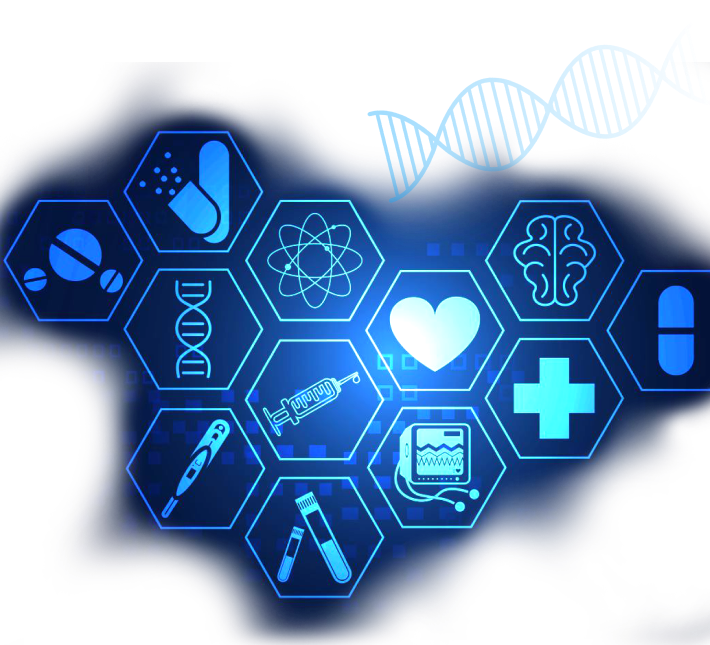WHAT IS AN MRI:
Magnetic resonance imaging (MRI) is a medical imaging technique that uses a magnetic field and computer-generated radio waves to create detailed images of the organs and tissues in your body.
Most MRI machines are large, tube-shaped magnets. When you lie inside an MRI machine, the magnetic field inside works with radio waves and hydrogen atoms in your body to create cross-sectional images — like slices in a loaf of bread.
The MRI machine also can produce 3D images that can be viewed from different angles.
Why it’s done
MRI is a noninvasive way for a medical professional to examine your organs, tissues and skeletal system. It produces high-resolution images of the inside of the body that help diagnose a variety of conditions.
MRI of the heart and blood vessels
MRI that focuses on the heart or blood vessels can check:
- Size and function of the heart’s chambers.
- Thickness and movement of the walls of the heart.
- Extent of damage caused by heart attacks or heart disease.
- Structural problems in the aorta, such as aneurysms or dissections.
- Inflammation or blockages in the blood vessels.
MRI of other internal organs
MRI can check for tumors or other irregularities in many organs in the body, including the following:
- Liver and bile ducts.
- Kidneys
- Spleen
- Pancreas
- Uterus
- Ovaries
- Prostate
MRI of bones and joints
MRI can help look for:
- Joint issues caused by traumatic or repetitive injuries, such as torn cartilage or ligaments.
- Disk problems in the spine.
- Bone infections.
- Tumors of the bones and soft tissues.
MRI of the breasts
MRI can be used with mammography to detect breast cancer, particularly in people who have dense breast tissue or who might be at high risk of the disease.
MRI:
MRI can clearly identify some of the signs of osteoarthritis, including whether cartilage is wearing away. MRI can also detect signs of rheumatoid arthritis, but a doctor will also use a variety of other tests, such as blood tests. Doctors can distinguish between soft tissues and fluids using MRI.
What is arthritis?
Arthritis is when inflammation of a single joint or multiple joints occurs. While there are more than 100 different types of arthritis, two of the most common include osteoarthritis and rheumatoid arthritis. In most cases, arthritis symptoms develop slowly over time and as joints worsen or experience ongoing deterioration.
In less common cases, arthritis symptoms may appear suddenly. Arthritis is typically seen in patients over 65, but arthritis can affect patients of all ages. Arthritis is more likely to develop in women and adults who are overweight. While arthritis can cause numerous symptoms, some of the most common symptoms include:
- Joint pain
- Stiffness
- Inflammation
- Limited range of motion
- Redness of the skin around affected joint
- Worsening symptoms in the morning
What tests are done to diagnose arthritis?
There are various imaging tests available to detect arthritis that allow a physician to assess the body’s internal structures without an invasive medical procedure. Imaging tests are commonly performed when diagnosing arthritis and monitoring the effectiveness of arthritis treatment. An arthritis imaging test can help detect joints and bone abnormalities that may be a sign of arthritis.
X-rays
A radiograph, which is more commonly known as an x-ray, uses a safe and low dose of radiation to create images of the body’s internal structures. An x-ray is one of the most common arthritis diagnostic tests used to evaluate, diagnose and monitor degenerative arthritis, inflammatory arthritis and other chronic conditions.
An x-ray can show how the bones interact at the joints and are a useful tool to determine the amount of cartilage at the bones’ end. An x-ray can also help detect underlying conditions or deformities that may increase your risk of developing arthritis in the future.
Magnetic resonance imaging (MRI)
An MRI scan can be a helpful tool when diagnosing arthritis because the scan can create clear images of the body. MRI scans achieve these images by using radio waves, a large magnet and a computer. While it varies from patient to patient, some MRI scans require an injection of a contrast dye or material so doctors can better identify anatomic structures.
This arthritis screening test can help diagnose arthritis by evaluating damaged joints, specifically the shoulders, knees and spinal column. In addition to detecting and diagnosing arthritis, an MRI can be a useful tool to track the progression of arthritic joints. MRIs help determine how fast arthritis may be developing or progressing throughout the joints.



